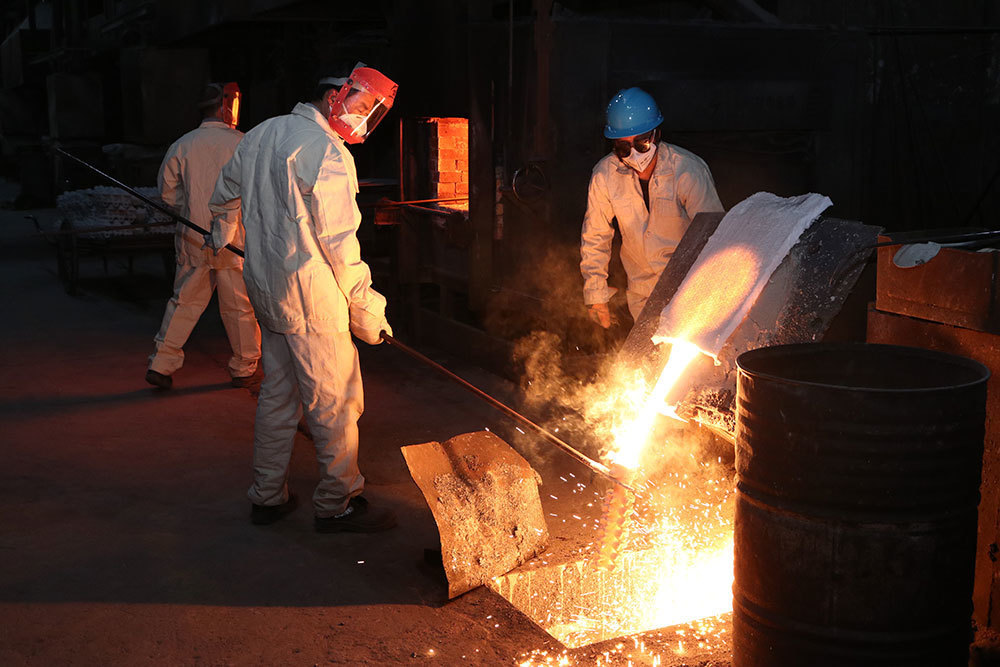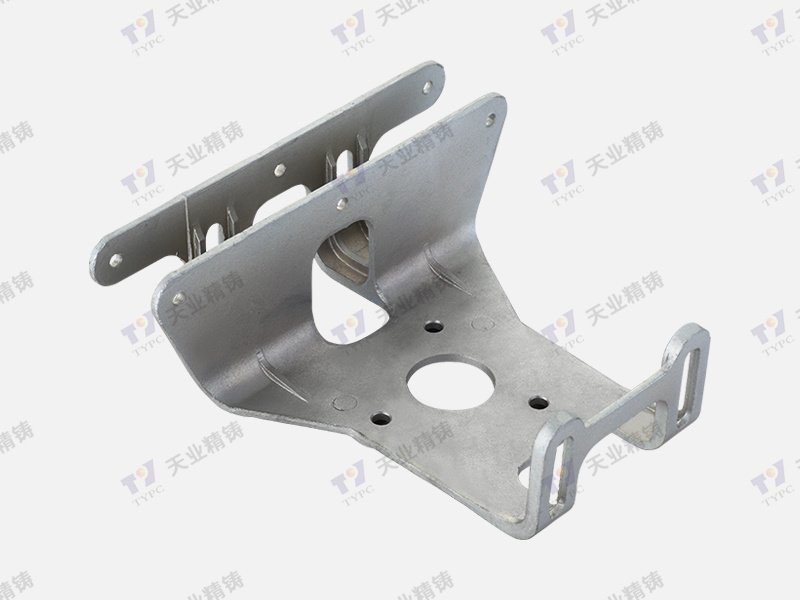2025-03-27
Understanding Heat Resistant Steel Casting: Essential Insights for Industrial Applications
Heat resistant steel casting is a specialized process that involves creating metal components capable of withstanding high temperatures without losing their structural integrity. This type of casting is particularly beneficial in industrial environments where equipment is subjected to extreme heat, such as in power generation, aerospace, and automotive sectors. The primary advantage of using heat resistant steel is its ability to maintain strength and hardness even when exposed to high thermal loads.
One of the key characteristics of heat resistant steel casting is its alloy composition. These steels typically contain higher amounts of chromium and nickel, which enhance their resistance to oxidation and thermal fatigue. The result is a material that not only endures high temperatures but also resists wear and corrosion, extending the lifespan of components and minimizing the need for frequent replacements.
Another important feature of heat resistant steel casting is its versatility in application. Components made from this material are commonly used in manufacturing furnace parts, turbine blades, exhaust systems, and various industrial machinery that operate at elevated temperatures. Their reliable performance in such demanding conditions makes them indispensable in safeguarding operational efficiency and safety.
When selecting heat resistant steel casting for your industrial needs, it's crucial to consider the specific temperature ranges and environmental factors the components will face. Each casting process may vary slightly based on the desired properties of the final product. Therefore, consulting with a materials engineer or a casting specialist can ensure that the right type of heat resistant steel is chosen for your specific application.
Moreover, the manufacturing process itself is vital in determining the quality of the cast components. Techniques such as sand casting, investment casting, or lost foam casting can be employed, depending on the complexity and precision required. Each method has its own advantages, and selecting the right one can significantly impact the performance characteristics of the finished product.
In conclusion, heat resistant steel casting is a crucial element in the production of durable and reliable industrial components. Its unique properties make it suitable for a variety of high-temperature applications, providing manufacturers with the assurance needed to operate efficiently and safely. By understanding the material's characteristics and the casting process, industrial professionals can make informed decisions that enhance the performance and longevity of their equipment.
One of the key characteristics of heat resistant steel casting is its alloy composition. These steels typically contain higher amounts of chromium and nickel, which enhance their resistance to oxidation and thermal fatigue. The result is a material that not only endures high temperatures but also resists wear and corrosion, extending the lifespan of components and minimizing the need for frequent replacements.
Another important feature of heat resistant steel casting is its versatility in application. Components made from this material are commonly used in manufacturing furnace parts, turbine blades, exhaust systems, and various industrial machinery that operate at elevated temperatures. Their reliable performance in such demanding conditions makes them indispensable in safeguarding operational efficiency and safety.
When selecting heat resistant steel casting for your industrial needs, it's crucial to consider the specific temperature ranges and environmental factors the components will face. Each casting process may vary slightly based on the desired properties of the final product. Therefore, consulting with a materials engineer or a casting specialist can ensure that the right type of heat resistant steel is chosen for your specific application.
Moreover, the manufacturing process itself is vital in determining the quality of the cast components. Techniques such as sand casting, investment casting, or lost foam casting can be employed, depending on the complexity and precision required. Each method has its own advantages, and selecting the right one can significantly impact the performance characteristics of the finished product.
In conclusion, heat resistant steel casting is a crucial element in the production of durable and reliable industrial components. Its unique properties make it suitable for a variety of high-temperature applications, providing manufacturers with the assurance needed to operate efficiently and safely. By understanding the material's characteristics and the casting process, industrial professionals can make informed decisions that enhance the performance and longevity of their equipment.









